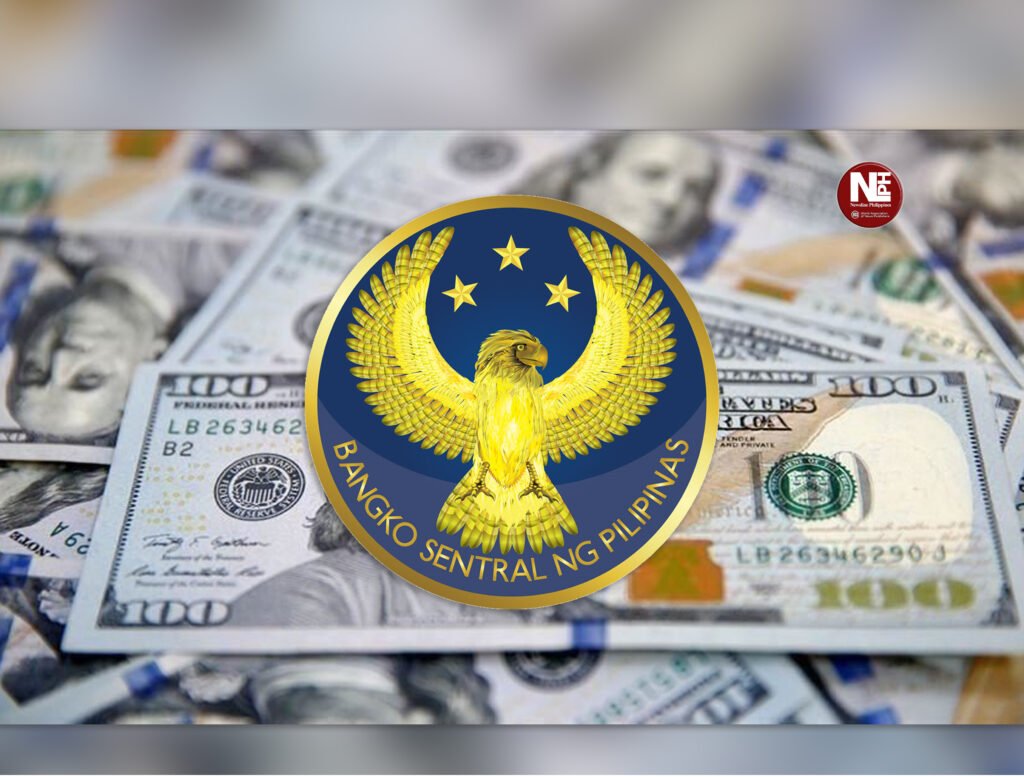
MANILA (September 15) — As of the end of June, the country’s outstanding external debt had reached a new high of $148.87 billion, although the Bangko Sentral ng Pilipinas maintained the debt was still manageable, based on key indicators.
The current amount was 1.5 percent more than the previous quarter’s $146.74 billion, owing primarily to the currency’s decline, which increased the dollar equivalent of borrowings in foreign currencies by $1.49 billion.
The increase was also partially offset by net repayments of $315.67 million and the net purchase of Philippine debt instruments valued at $660.96 million.
Notwithstanding the increase, the external debt-to-gross domestic product ratio decreased from 31.5 percent in the first quarter to 31.2 percent, indicating a better debt load in relation to the size of the economy.
In addition to diversifying its funding sources and utilizing advantageous terms offered by international lenders, the Philippines borrows money from outside sources to fund social services, public infrastructure, and other development initiatives. Local banks and corporations also use offshore markets to fund their expansion and investment needs.
The country’s gross international reserves of $106 billion more than covered its short-term external debt, which stood at $28.63 billion with a remaining maturity. This translated into 3.7 times cover, which is broadly equivalent to emerging market peers.
Due to lower principal and interest payments, the debt service ratio also improved, going from 9.8 percent in the first quarter to 8.7 percent in the second quarter. The ratio, which contrasts the nation’s loan payments with its export and other inflow revenue, is another measure of its ability to service debt.
External debt increased 14.4% year over year due to new borrowings, which comprised $3.44 billion in external financing from local banks and $5.83 billion in bonds issued by the national government.
All loans taken out by Philippine residents from foreigners are included in the external debt stock, which is regularly reviewed to make sure the nation’s creditworthiness and financial stability are maintained.

